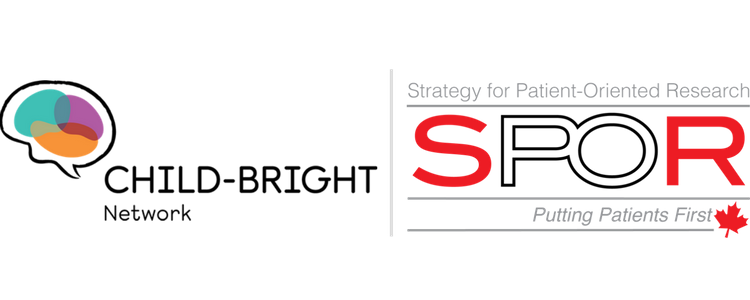Welcome to our new Learning About Research Data blog series! Through these blog posts, authored by our new partners at PolicyWise for Children & Families, we aim to demystify data sharing and data management in research. Headquartered in Alberta, where our national CHILD-BRIGHT Data Coordinating Centre is also based, PolicyWise is a not-for-profit organization that mobilizes and integrates evidence to inform policies and service delivery with the goal of improving the well-being of children and families. PolicyWise also manages an online platform that allows researchers to easily store and share research data about study participants while maintaining privacy and confidentiality.
Part 1 - Reuse of Research Data
Understanding the term ‘data’
The collection of data is always part of a well-planned research study. Data can come in many forms.
Numerical data such as weight, age, and blood sugar are considered quantitative data and can be used to measure characteristics that vary between people. Such data can be obtained through conducting direct measurements in a clinic setting (weight), asking participants questions using surveys (age), or analysing samples in a lab (blood sugar levels). Statistical methods are often used to ‘test’ this data to tell if there is a difference in response to procedures conducted during a study. For example, the success of a new treatment for diabetes can be measured by analyzing blood samples to test whether there is a difference between people who used the conventional treatment and people who used a new one.
Other types of data include written responses to survey questions in a study or information gathered at an interview. This is considered qualitative data and can complement quantitative data through gathering and analyzing things that are harder to put into numbers, such as the feelings and experiences of participants. Researchers then combine the data from each individual participant in the study to create a dataset.
Cartoon comparison of qualitative and quantitative methodology. Digital image. Baianat. May 29, 2020. https://www.baianat.com/books/the-ux-map/research.
Research collaborations using data
It takes substantial time, effort, and resources to conduct research, collect data, and draw conclusions from the data that might have a meaningful impact on society. It may take many years for researchers to discover all that can be learned from the data collected during a large study. Research is also a creative process and different researchers, especially those in different disciplines, may be able to ask different questions using the same dataset. A researcher who conducted a study and collected data about mothers seeking to understand the relationship between the living conditions and well-being of children may present their findings at an international conference. They may meet a researcher with expertise in exercise and nutrition, who asks to initiate a collaboration to reuse this data to expand their understanding of the relationship between nutrition and well-being in this population. This is how a culture around the sharing and reuse of data develops.
Benefits of data reuse
There are many benefits to such reuses of data:
Two brains are better than one: No single researcher can be an expert in all subject matters, and most social issues are multi-faceted. Collaborations allow different, expert perspectives to be brought together and make the knowledge gained from research broader and more useful to society. It may also lead to insights that would not be apparent to any single researcher.
More efficient use of research dollars: Research is resource-intensive. Much of it is funded from tax sources. Competition for such scarce money in science is fierce. Therefore, it is important to maximize the value of data that have been collected by reusing it to extract new insights.
Openness and transparency: Allowing access to and reuse of data allows other researchers to confirm findings and increase certainty of results.
Obligation to research participants: Human research usually requires the willing participation of volunteers who have chosen to take on personal risk (in some studies) so that new knowledge can be generated for the greater good. Making the most that we can from a research study by collaborating with new researchers who will reuse the data demonstrates ethical responsibility to research volunteers. The reuse of data may also allow research questions to be answered without engaging with a new set of volunteers. For studies where research data may be shared or reused afterwards, researchers should explain this possibility to participants during the consent process. However, specific guidelines on consent for data reuse vary depending on the ethics board, institution, and the relevant provincial/territorial regulations. Working with data from First Nations requires familiarity with and adherence to the First Nations principles of OCAP® (Ownership, Control, Access, and Possession). More information about OCAP principles can be found here.
Current landscape
There are many supports in place within the research ecosystem to support the reuse of datasets. Reusing data as described is an underutilized approach, but momentum behind reusing data has grown and support now exists within the research ecosystem. Many research funders and journals are supporting data sharing and reuse as a matter of policy. Funders, universities, and research ethics boards are encouraging researchers to share data. There are data repositories dedicated to sharing data among researchers. Even Google has gotten on board by creating Google Dataset Search, a tool that anyone can use to search millions of publicly available datasets! The sharing and reuse of research data represent an important cultural shift in the research community towards better collaboration, efficiency, transparency, and leveraging the contributions from research volunteers.



